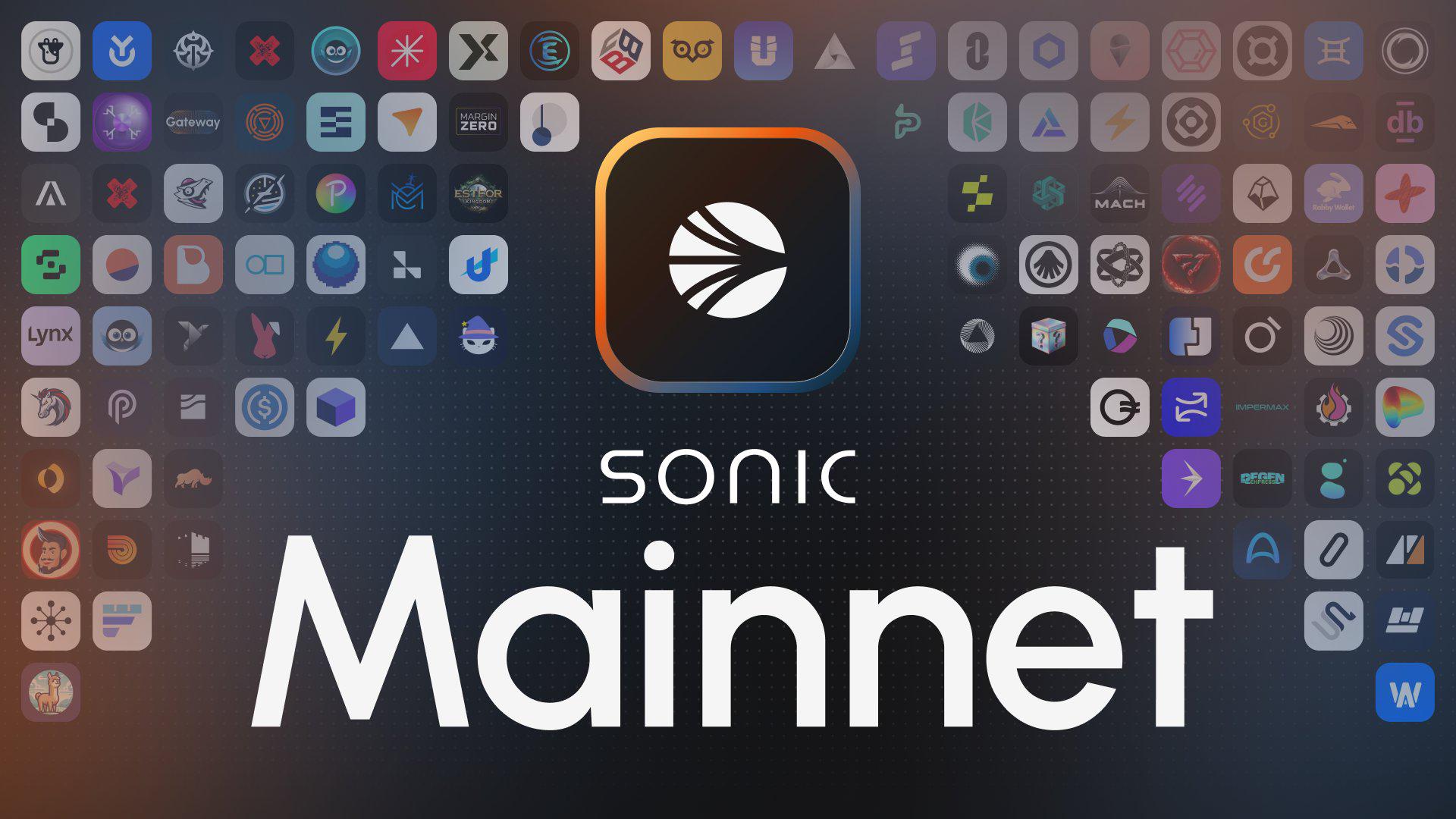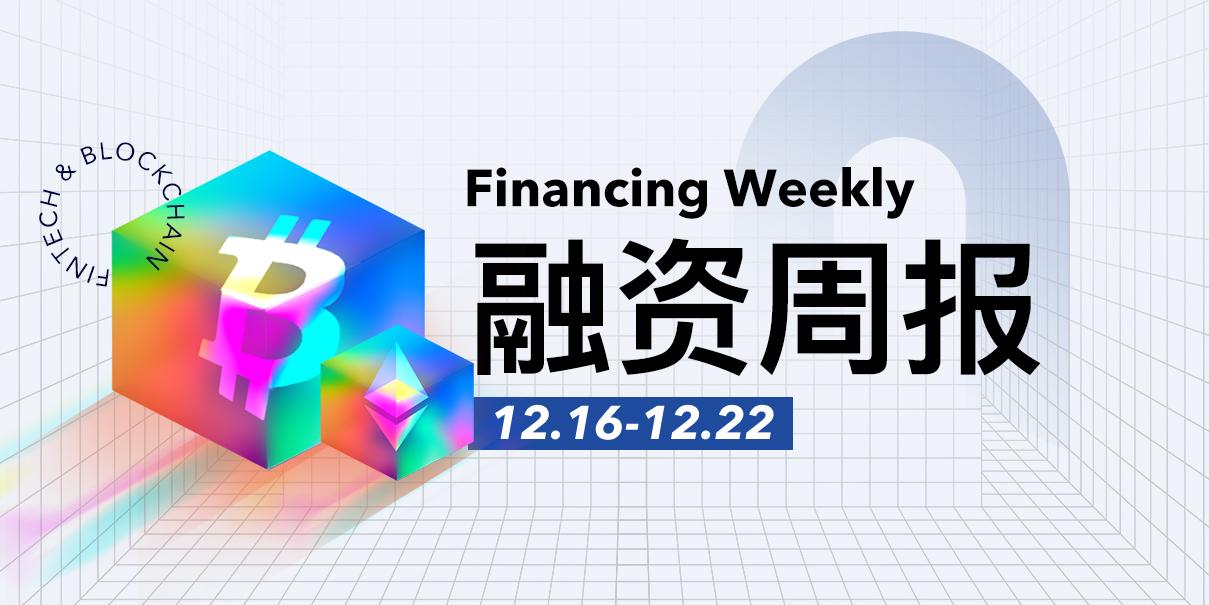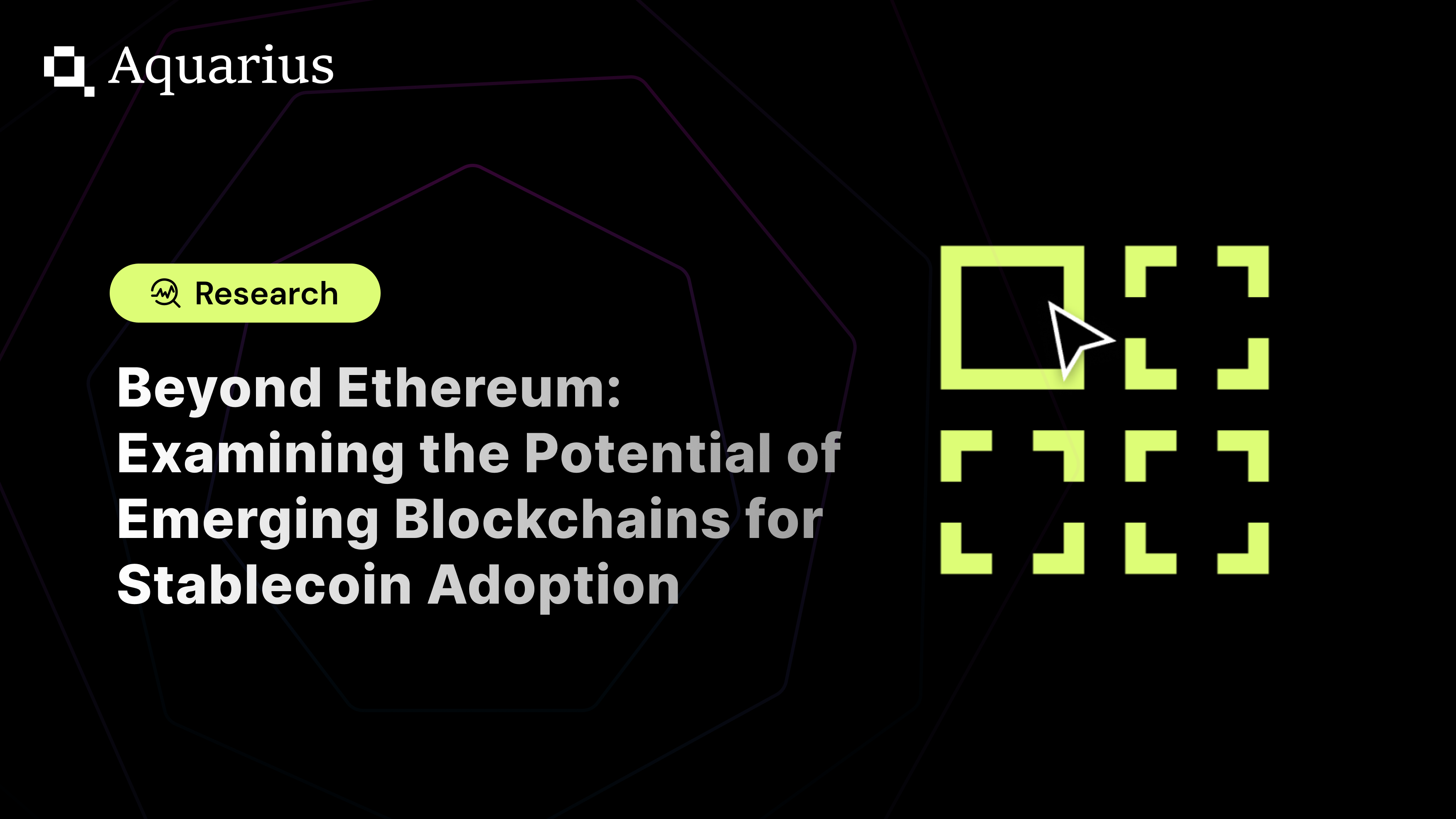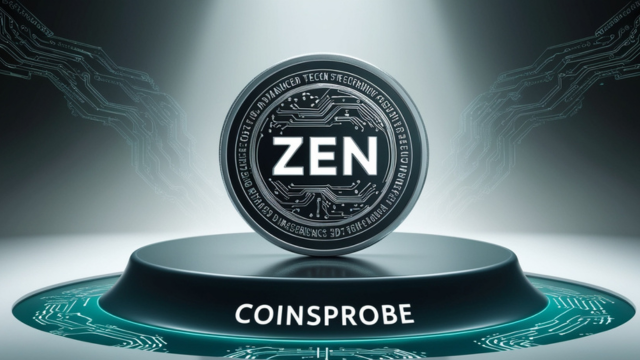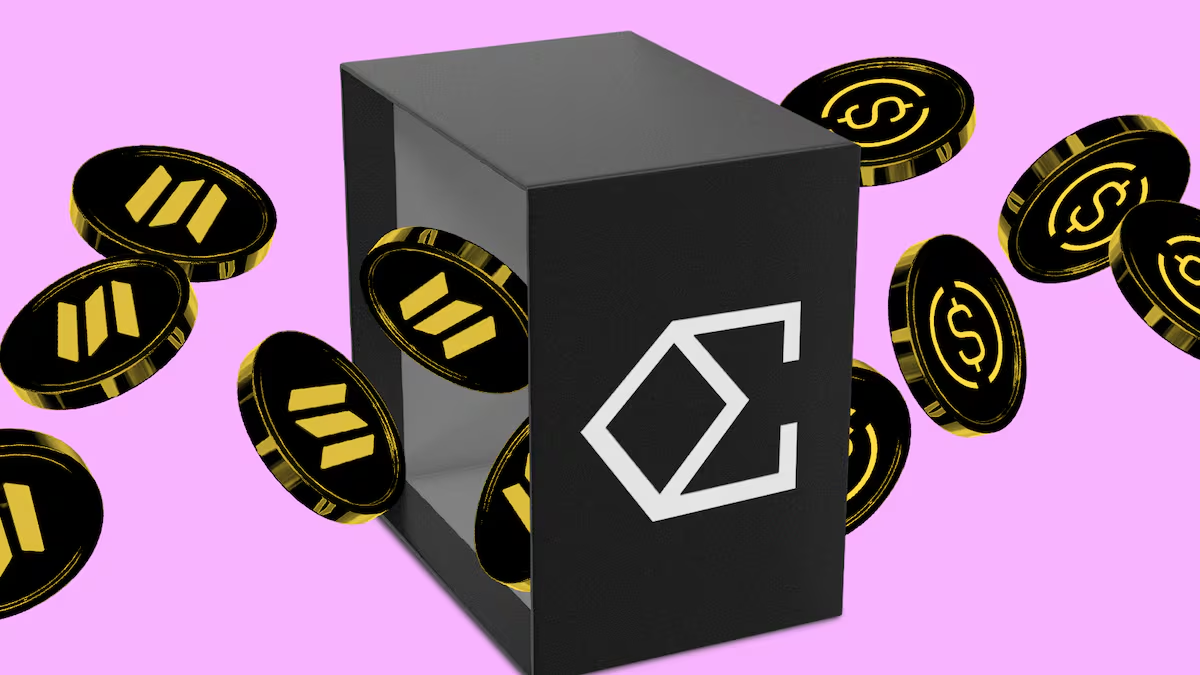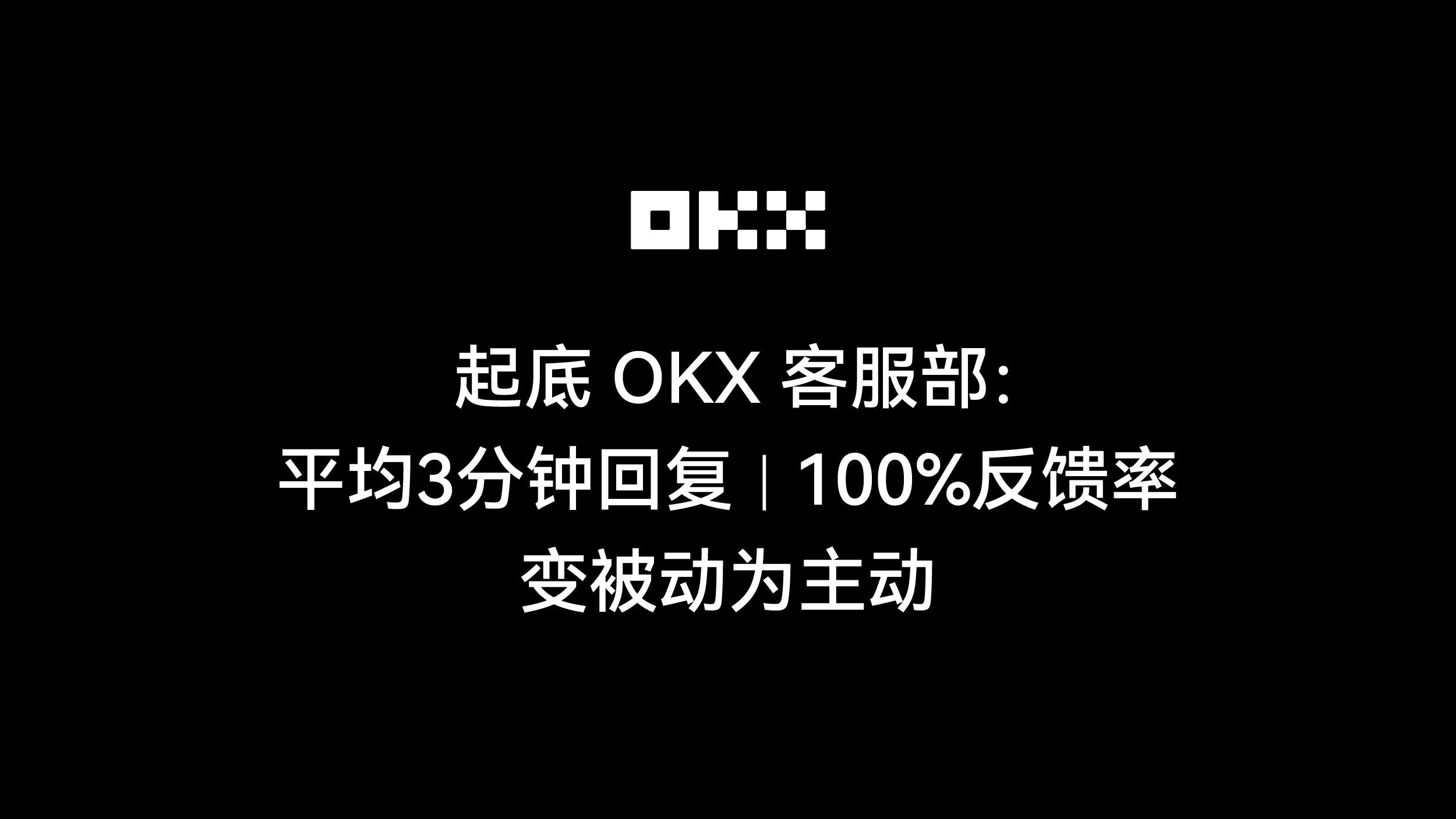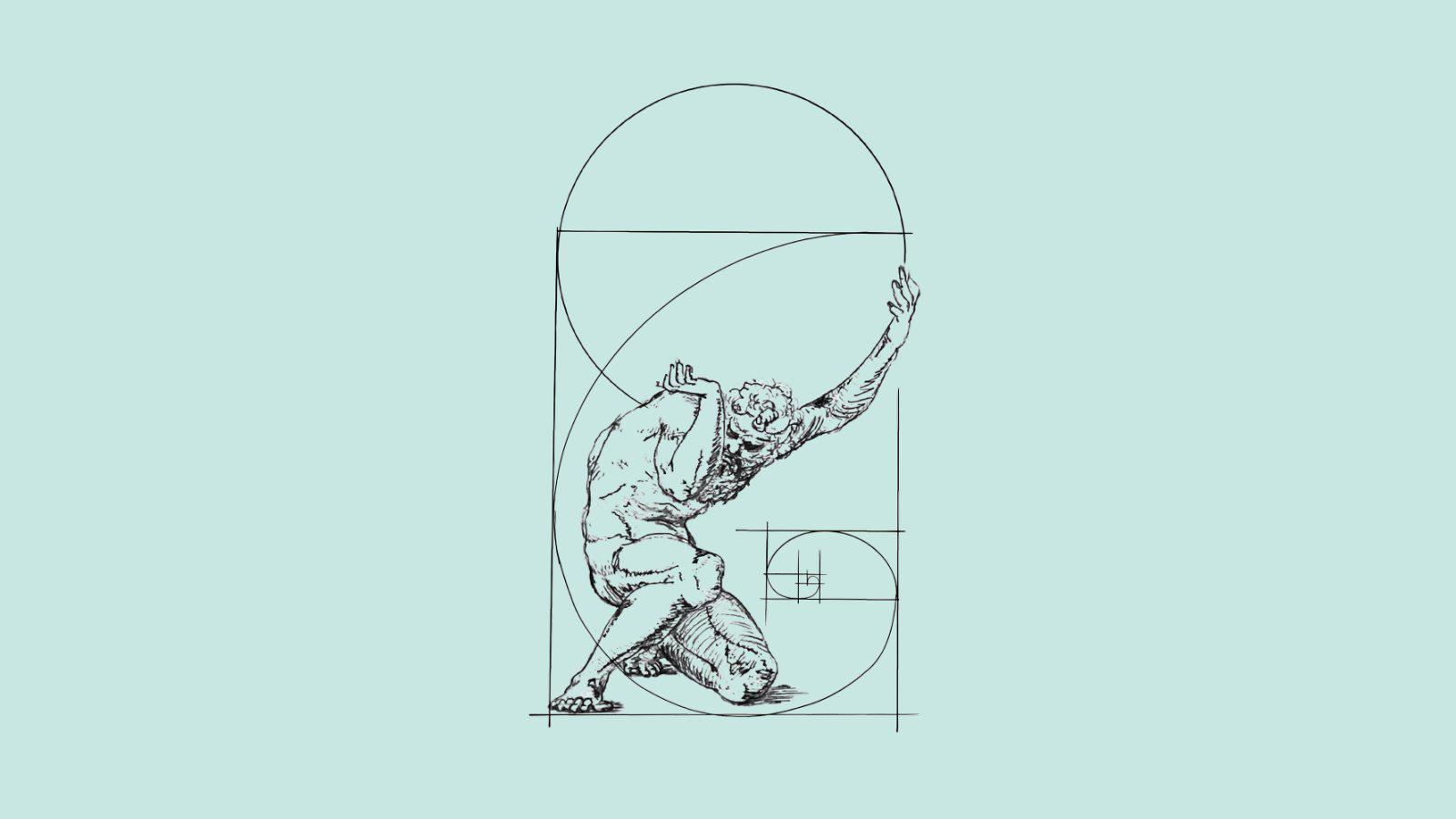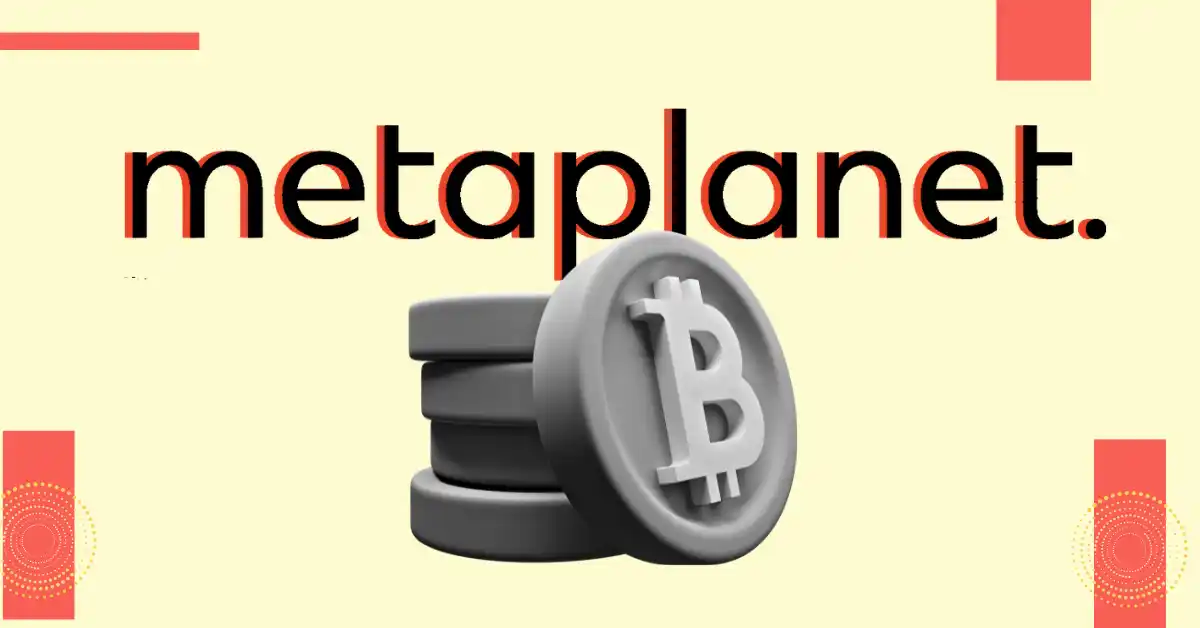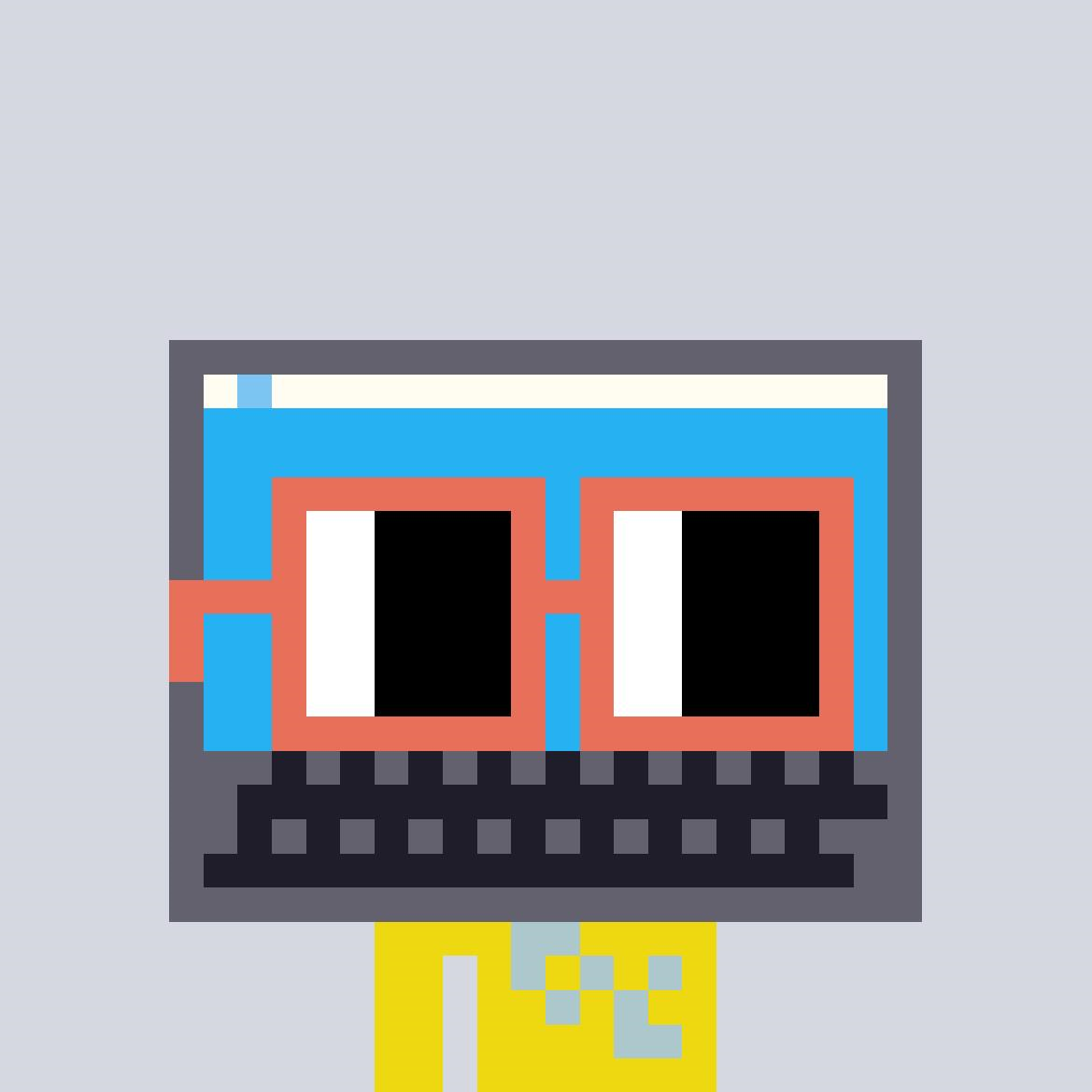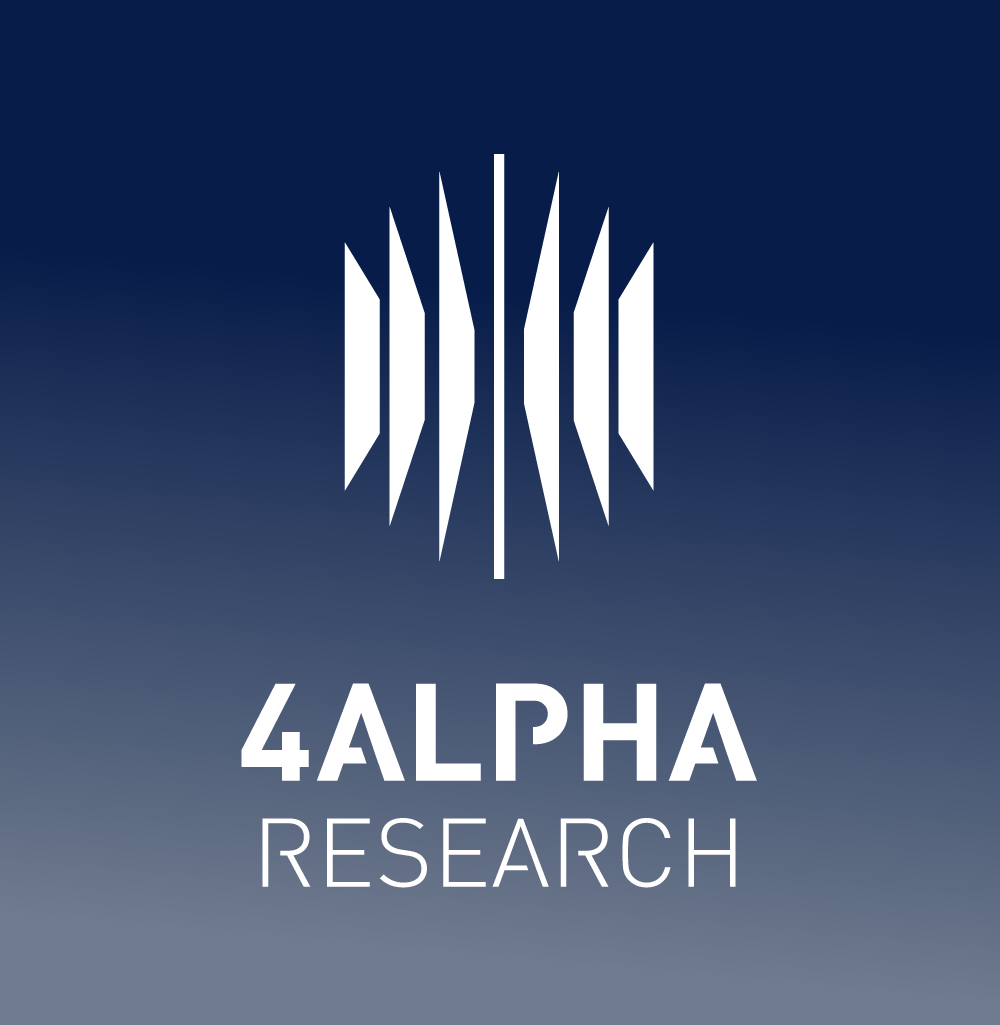-
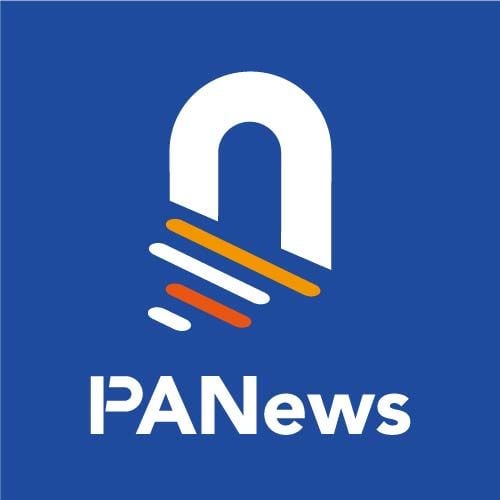 PA一线 · 2 小时前
Binance Labs宣布已投资Usual
PA一线 · 2 小时前
Binance Labs宣布已投资UsualPANews 12月23日消息,据Binance Labs公告,其已投资Usual,一家专注于通过社区优先创新重新定义稳定币的去中心化RWA(真实世界资产)支持的稳定币发行商。Usual通过$USUAL治理代币实现价值和所有权的重新分配,90%的代币分配给用户,推动去中心化和公平的金融模式。
-
 PA一线 · 3 小时前
稳定币发行商Avalon Labs完成1000万美元A轮融资,Framework Ventures领投
PA一线 · 3 小时前
稳定币发行商Avalon Labs完成1000万美元A轮融资,Framework Ventures领投由 BTC 支持的稳定币 USDa 的发行商 Avalon Labs 已筹集 1000 万美元来发展其比特币去中心化金融 (DeFi) 生态系统。
-
 Felix · 4 小时前
观点:此次下跌只是一次常规的市场震荡
Felix · 4 小时前
观点:此次下跌只是一次常规的市场震荡当所有人都只是持有时,市场就无法继续上涨,当下需要一波新的购买浪潮。
-
 PA一线 · 4 小时前
MicroStrategy上周以5.61亿美元购买5262枚比特币
PA一线 · 4 小时前
MicroStrategy上周以5.61亿美元购买5262枚比特币公司在2024年12月16日至12月22日期间以约5.61亿美元的资金购买了5,262枚比特币,平均价格为106,662美元。截至2024年12月22日,MicroStrategy及其子公司共持有444,262枚比特币,累计购买成本约为277亿美元,平均价格为62,257美元每枚比特币。公司表示,本次比特币购买资金来自其股票发行收益。
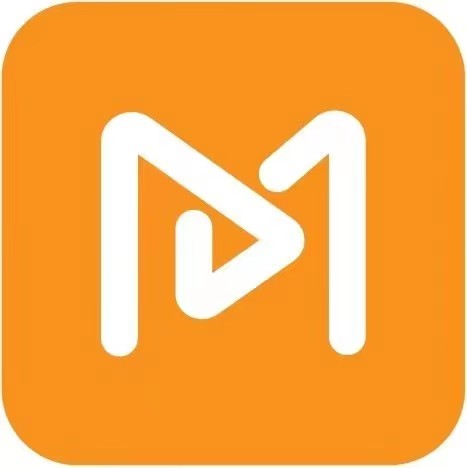 曼昆区块链 · 5 小时前
Web3律师:香港稳定币最新法案,创新催化剂还是监管枷锁?
曼昆区块链 · 5 小时前
Web3律师:香港稳定币最新法案,创新催化剂还是监管枷锁?拟议的立法旨在寻求微妙的平衡:在推动Web3经济增长的同时,确保金融稳定并保护公众信任。但它是否能够成功实现这一目标?
-
 PA一线 · 5 小时前
Telegram全年总收入超10亿美元,年终现金储备超5亿美元
PA一线 · 5 小时前
Telegram全年总收入超10亿美元,年终现金储备超5亿美元Telegram创始人Pavel Durov在其个人频道发文称,Telegram在2024年首次实现盈利。今年Telegram Premium订阅用户数量增长三倍,突破1200万,广告收入也实现数倍增长。全年总收入超过10亿美元,年终现金储备超过5亿美元(不包括加密资产)。
-
 Aquarius · 6 小时前
超越以太坊:探索新兴区块链在稳定币采用中的潜力
Aquarius · 6 小时前
超越以太坊:探索新兴区块链在稳定币采用中的潜力稳定币市场快速增长,已成为数字经济中的一股重要力量,甚至与传统金融网络相竞争。尽管以太坊、Tron 和 BSC 等成熟区块链目前主导着稳定币活动,TON 和 Sui 正通过创新的方法为稳定币市场注入差异化竞争力。
-
 PA一线 · 6 小时前
CoinShares:上周数字资产投资产品净流入3.08亿美元
PA一线 · 6 小时前
CoinShares:上周数字资产投资产品净流入3.08亿美元12月19日单日录得5.76亿美元的巨额净流出,导致周末两日总流出规模达10亿美元。以太坊流入5100万美元,而Solana流出870万美元。
-
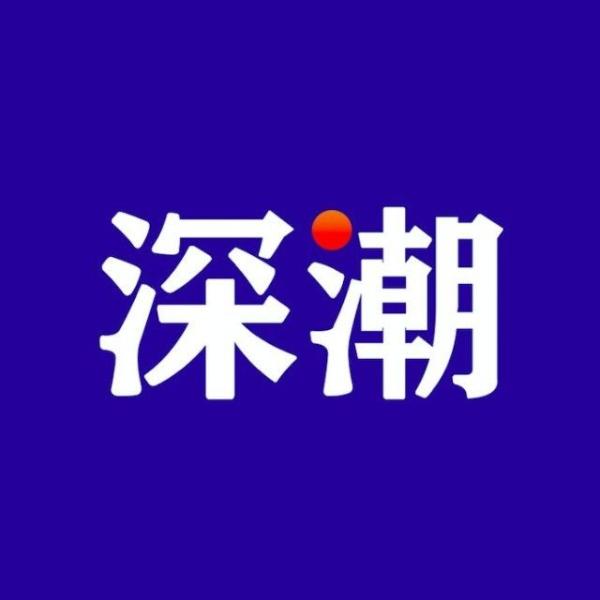 深潮TechFlow · 7 小时前
Solana全明星力挺,速览SendAI新产品Solana Agent Kit
深潮TechFlow · 7 小时前
Solana全明星力挺,速览SendAI新产品Solana Agent Kit一个消息就让币价狂拉十倍。
-
 PA日报 · 7 小时前
PA日报 | 币安Launchpool上线Bio Protocol(BIO);Lido推出以太坊SDK
PA日报 · 7 小时前
PA日报 | 币安Launchpool上线Bio Protocol(BIO);Lido推出以太坊SDK针对拜登或将特赦SBF讨论,马斯克回应:如果不发生我会震惊;日本上市公司Metaplanet增持619.7枚比特币;币安将上线HIVE/USDT永续合约。
- 加密流通市值(7d)$3,417,196,630,158Market Cap恐惧贪婪指数(近30天)
 HashKey Chain & HSK · 7 小时前
HashKey Hacker House:潜力赛道获奖项目,突破生态边界新篇
HashKey Chain & HSK · 7 小时前
HashKey Hacker House:潜力赛道获奖项目,突破生态边界新篇2024年12月22日晚间,由HashKey Chain主办,MetaEra、Orbiter Finance、Umy.com联合主办的「HashKey Hacker House Taichu」圆满落幕。这场以“Web3 Applications Within Regulatory Frameworks”为主题的黑客松,吸引了来自全球的优秀开发者,为探索区块链未来提供了全新的视角。
-
 PA一线 · 7 小时前
币安Launchpool上线第63期项目,使用BNB、FDUSD获得Bio Protocol (BIO)
PA一线 · 7 小时前
币安Launchpool上线第63期项目,使用BNB、FDUSD获得Bio Protocol (BIO)Bio Protocol(BIO)已成为币安第63个Launchpool项目,将于12月24日08:00(北京时间)正式开放用户通过质押BNB和FDUSD获取BIO空投奖励,为期10天。币安计划于2025年1月3日18:00(北京时间)上线BIO,并开放BIO/USDT、BIO/BNB、BIO/FDUSD和BIO/TRY交易对。
-
 Weilin · 7 小时前
29岁的政坛新人Bo Hines被任命为特朗普加密委员会执行董事,加密公司私下争夺席位
Weilin · 7 小时前
29岁的政坛新人Bo Hines被任命为特朗普加密委员会执行董事,加密公司私下争夺席位Bo Hines将担任特朗普加密委员会的执行董事。29岁的Bo Hines是一名政坛和加密新人,尚未公开过对于加密货币的立场。在从政前,他是一名大学橄榄球运动员,并曾在2022年、2024年两次竞选北卡罗来纳州众议院的席位。
-
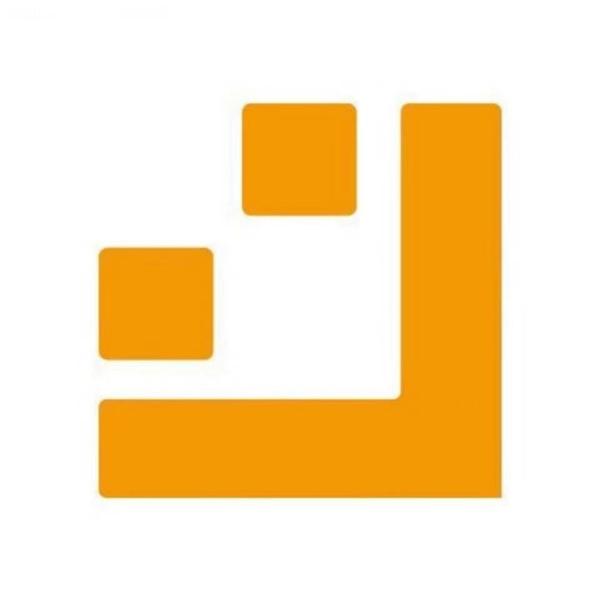 金色财经 · 8 小时前
VanEck:2049年时,美国比特币储备或将削减35%的国债
金色财经 · 8 小时前
VanEck:2049年时,美国比特币储备或将削减35%的国债VanEck估计,到2049年,比特币的复合年增长率将达到25%,达到4230万美元。
-
 PA一线 · 8 小时前
Binance Alpha公布新一批项目:ZEREBRO、COOKIE、WHALES和ORDER
PA一线 · 8 小时前
Binance Alpha公布新一批项目:ZEREBRO、COOKIE、WHALES和ORDER据官方消息,Binance Alpha公布第五批项目名单,分别是MGP、ZEREBRO、COOKIE、WHALES和ORDER。MGP已包含在第四批名单中。
-
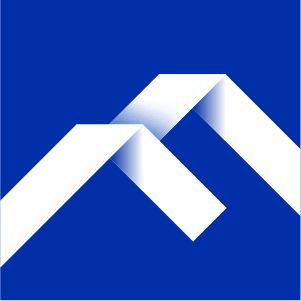 Foresight News · 9 小时前
ZEN逆势连涨3日并翻倍,“灰度效应”再次显现?
Foresight News · 9 小时前
ZEN逆势连涨3日并翻倍,“灰度效应”再次显现?ZEN 突破 30 USDT,灰度其他持仓回报几何。
-
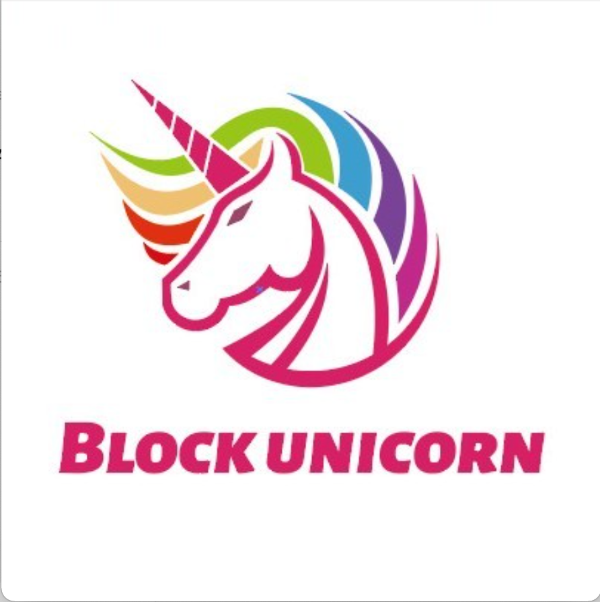 Block Unicorn · 10 小时前
Ethena对DeFi来说是“不定时炸弹”还是“救世主”?
Block Unicorn · 10 小时前
Ethena对DeFi来说是“不定时炸弹”还是“救世主”?Ethena 是否注定会摧毁我们所知的 DeFi,还是它将 DeFi 带入新的文艺复兴?让我们深入探讨这个问题。
-
 OKX · 10 小时前
平均3分钟回复、100%反馈率、变被动为主动,起底OKX客服部运营策略
OKX · 10 小时前
平均3分钟回复、100%反馈率、变被动为主动,起底OKX客服部运营策略可以说,OKX任何一个产品、任何一个技术都会在某一时间成为一名客服。
-
 Felix · 10 小时前
借贷平台HyperLend为何是Hyperliquid生态流动性支柱?
Felix · 10 小时前
借贷平台HyperLend为何是Hyperliquid生态流动性支柱?探索HyperLend如何有针对性地重塑DeFi格局。
-
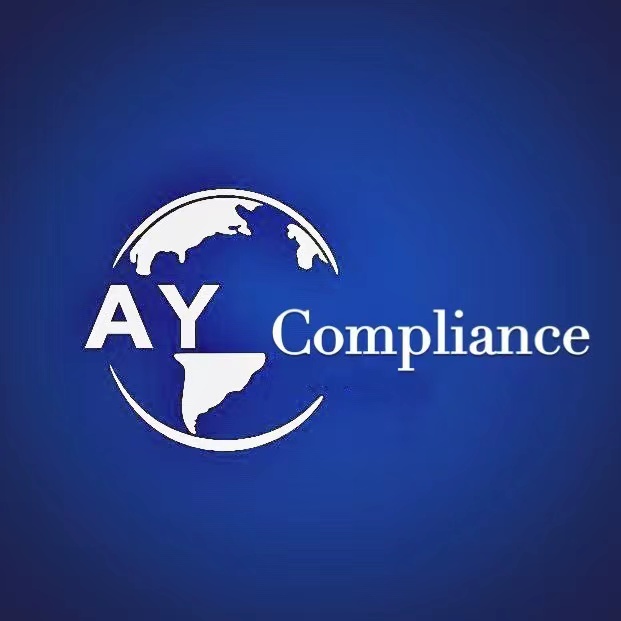 Aiying compliance · 11 小时前
解读Metaplanet股价年涨2450%的秘密:“日本版MicroStrategy”零利率债券的比特币杠杆游戏
Aiying compliance · 11 小时前
解读Metaplanet股价年涨2450%的秘密:“日本版MicroStrategy”零利率债券的比特币杠杆游戏近些日子,Metaplanet,这家备受瞩目的日本上市公司,因其将比特币纳入财库资产而被冠以“日本版 MicroStrategy”的称号。最近,该公司宣布了一项颇具争议但又引人注目的融资计划——零利率债券的发行。
更多内容 Dec . 24
Dec.24

